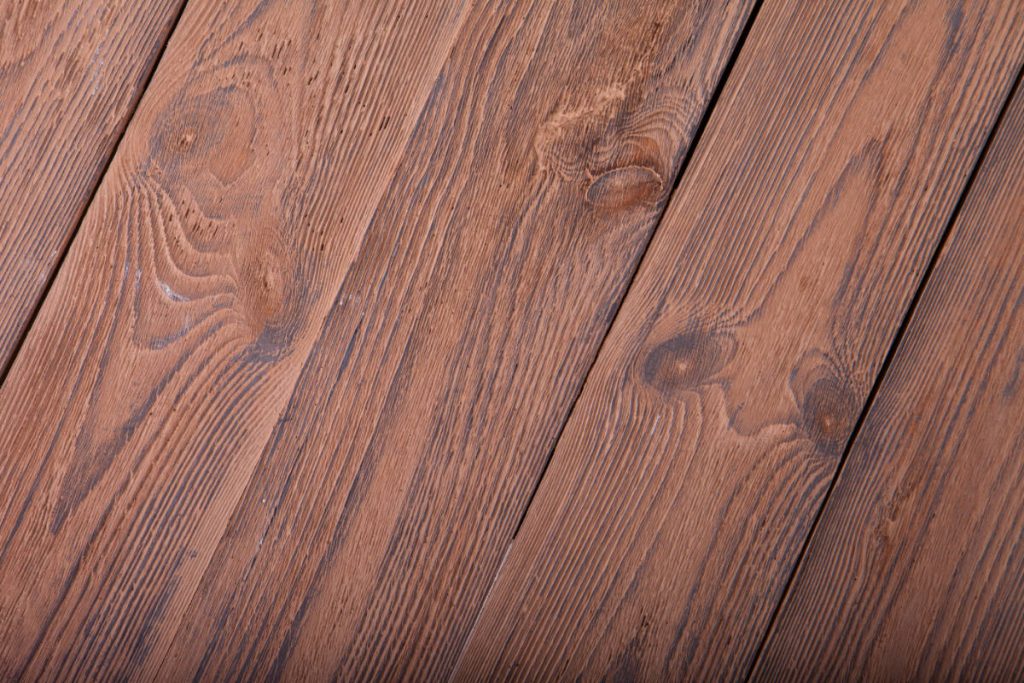Technology
The process of ammonia fuming (blackening) to which wood is subjected has been known for over 30 years, which guarantees obtaining wood with high durability and safe use. Blackening was an accidental discovery made in England centuries ago. Under the influence of ammonia fumes from horse urine, the oak boards stored in the stable began to darken. This process from ammonia was called ammonia fuming. The method became popular during the Arts and Crafts movement in Europe, and the precursor in North America was Gustav Stickley.
Ammonia fuming relies on the gaseous ammonia reacting with tannins in the wood. Due to the different content of tannins in wood, it is possible to obtain boards with many color shades. As a result of this process, we obtain a uniform color throughout the entire volume of wood. The resulting color shade varies from light brown to black. The color depends not only on the material used, but also on duration of the treatment. The process is usually applied to white oak, as this wood has a high tannin content.

Wood fuming take place in special chambers using environmentally friendly vacuum-pressure technology. At the bottom of the chambers are placed containers with a solution of ammonium hydroxide, the vapors of which react with tannins. Wood that has already been properly colored can be additionally submitted to the oiling process, which helps to bring out a new color shade. Because ammonia has caustic properties, it is very important to us to pay special attention to the process safety. The chambers are under the control of the Office of Technical Inspection to ensure safe working conditions for operators. In order to take full care of the environment, Delmax performs an annual test of ammonia emissions into the atmosphere.
We have a positive opinion of the National Institute of Hygiene regarding the process and the products we offer, as well as approval for the use of ammonia indoors.
The main purpose of blackening is to obtain an unusual, extraordinary color shade of wood. Fuming leaves additionally the natural appearance of wood and it does not cover the grains. This treatment increases apart of that the hardness of products made of such wood. Floors made of smoked wood can be scraped many times and they will not lose their aesthetic value. Wood that has been subjected to the smoking process obtains an improvement in resistance to sunlight.
Each type of wood reacts differently with ammonia, which translates into its uniqueness. This uniqueness of the colored wood raises the rank of the products made of it.